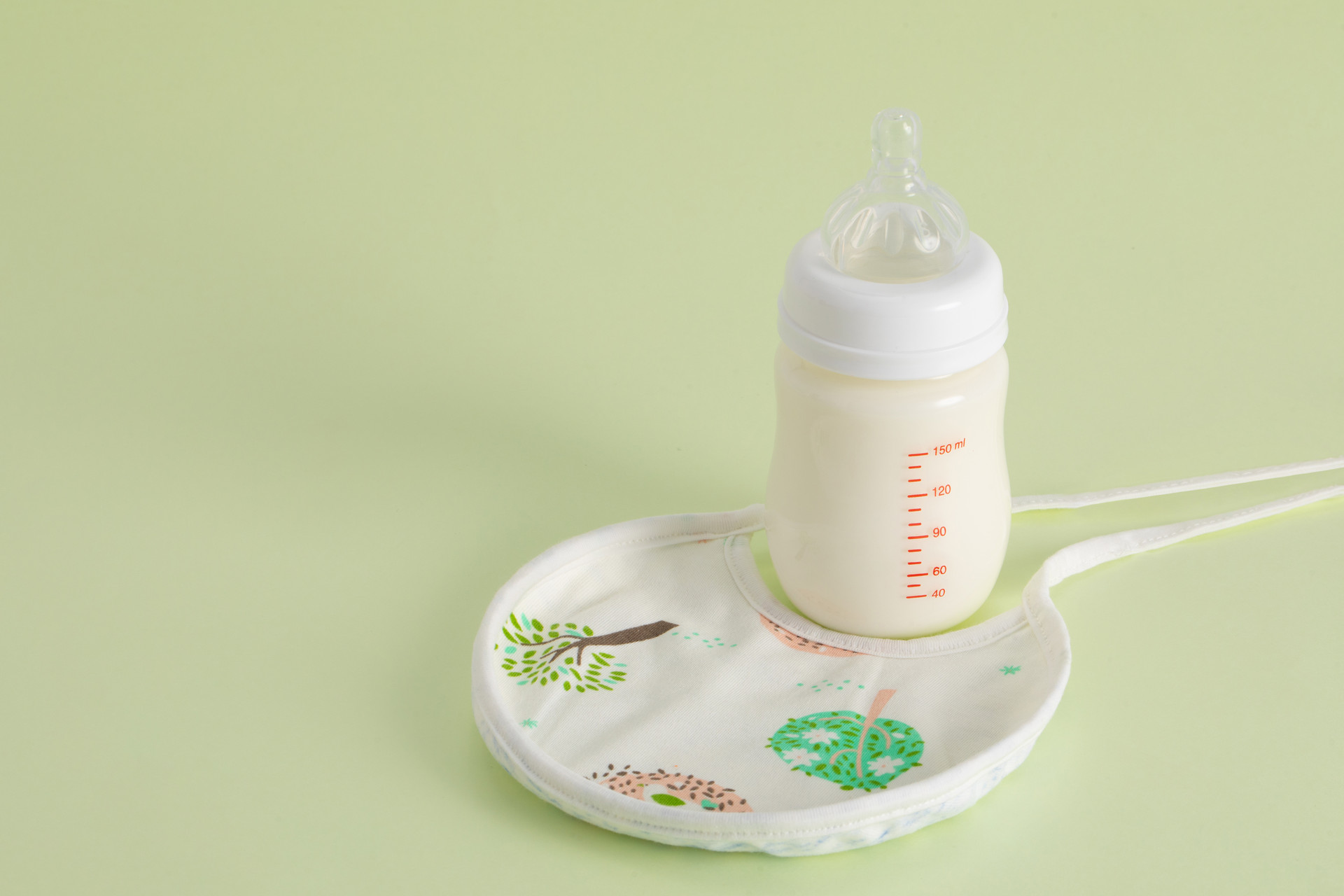Epidemiological investigations have shown that the incidence of iron deficiency anemia is relatively high in infants under one year old in China. Affected children typically exhibit pale or yellowish complexion, poor physical strength, lack of concentration, easy fatigue, tiredness, poor mental health, and weak immune function.
Why are infants prone to iron deficiency anemia? This is because infants under one year old grow rapidly and require a relatively high amount of iron. However, human milk or cow's milk, which are the main food sources for infants, have low iron content and cannot meet their needs. In addition, infants lose more iron through feces and skin compared to children and adults.
So, how can we prevent it? The method is simple - timely and appropriate supplementation with suitable complementary foods can achieve preventive effects.
Animal liver: Liver is rich in various nutrients and is the preferred food for preventing iron deficiency anemia. 100 grams of pork liver contains 25 milligrams of iron, and it is also easily absorbed by the body. Liver paste is convenient for children to consume.
Egg yolk: 100 grams of egg yolk contains 7 milligrams of iron. Although the absorption rate of iron is only 3%, eggs are easily obtained, convenient to consume and store, and rich in other nutrients. Therefore, it is still one of the sources of iron supplementation for infants and young children.
Soybeans and soybean products: 100 grams of soybeans and soybean powder contain 11 milligrams of iron, with a body absorption rate of 7%.
Sesame paste: Sesame paste is rich in various nutrients and is an excellent nutrition food for infants. 100 grams of sesame paste contains 58 milligrams of iron, as well as abundant calcium, phosphorus, protein, and fat.











